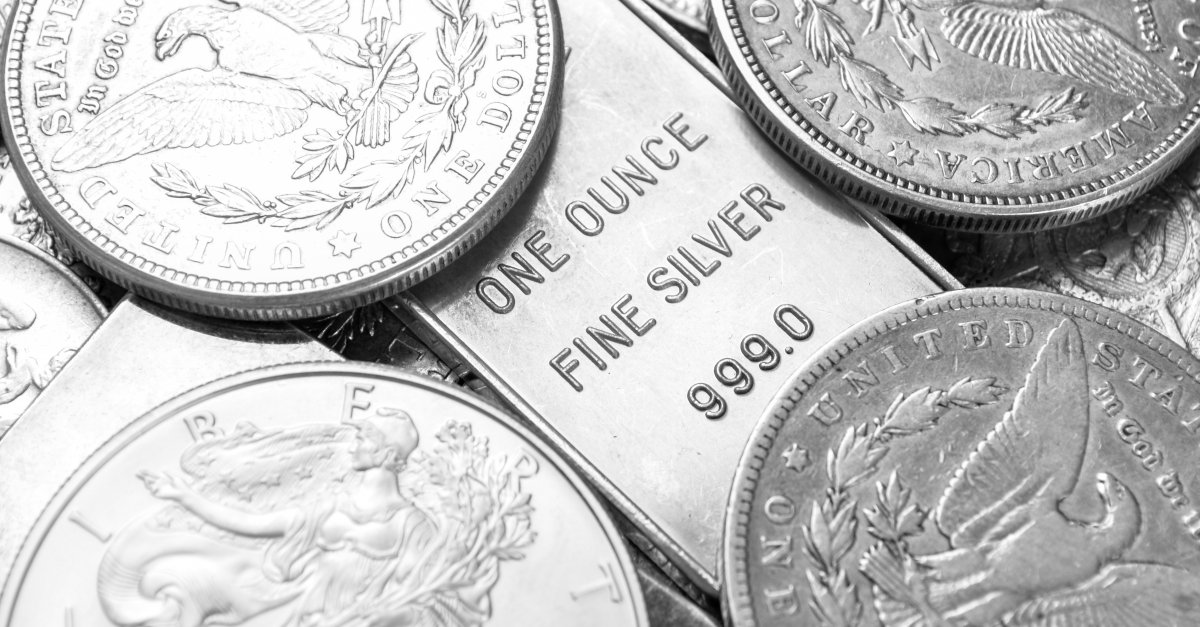Oil prices rose after OPEC+ agreed to limit production by 2 million barrels per day, a rate more than the market had anticipated. Oil prices rose in response to the news, but the gains were limited as the market awaited the U.S. response. OPEC+ has been undershooting its own output for months, so the market is only getting a 1 million BPD cut instead of a 2 million cut because OPEC+ is behind 1 million BPD in production. This implies that the production cut agreed upon at this meeting would be more of an attempt to get targets closer to real output than anything else.
The United States has responded by claiming that it will sell more oil from its strategic petroleum reserve and that lower prices are desired ahead of the November elections. Many hedge funds have raised their Brent objective to about $105-110 in the fourth quarter of the year, citing the fact that, despite recession fears, there would be a very limited surplus of oil in the market.
Oil prices have fallen to below $80 per barrel, down from more than $120 in early June, as fears of a worldwide economic slump mount. The price is now around $94 and within striking reach of $100, assuming no big outbreaks of Covid emerge globally or the US Federal Reserve does not become suddenly hawkish.
In the short term, oil prices are more likely to hover in the $90 to $100 area while the market digests economic data releases. The oil market gap might rise to 900,000 barrels per day (BPD) next year, up from the 200,000 projected before the OPEC+ deal. At this point, all of the supply-side developments have very much established the tone.

